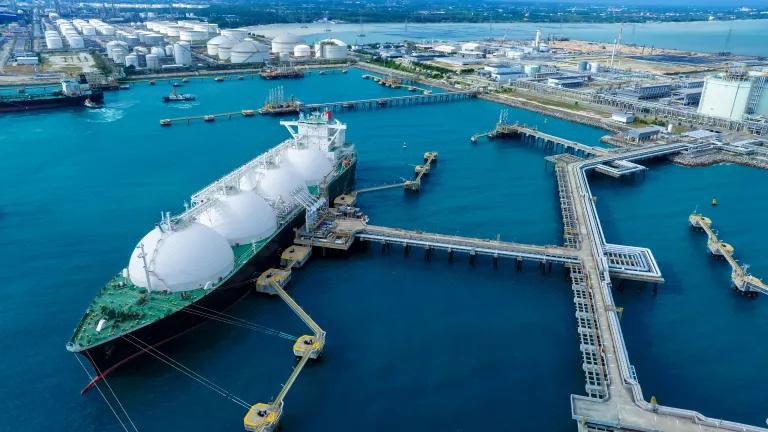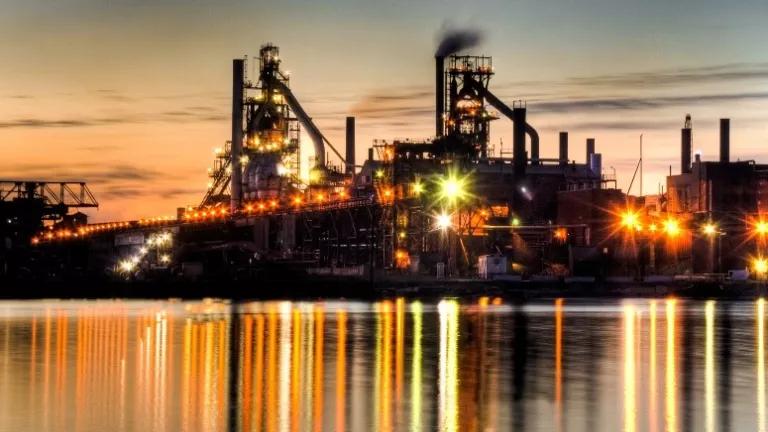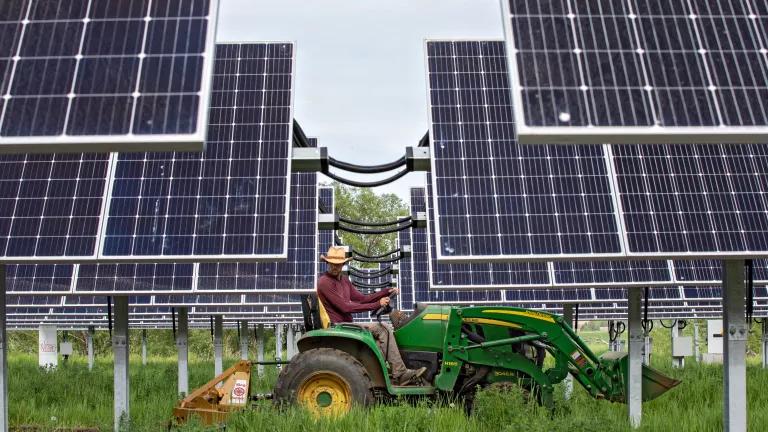Mario Molina's Life Understanding, Protecting Our Atmosphere
Remembering Dr. Mario Molina, winner of the Nobel Prize in Chemistry for his 1974 discovery of the mortal threat to the earth’s protective ozone layer from chlorofluorocarbons.

Universidad Técnica Particular de Loja, CC BY-NC-SA 4.0
Dr. José Mario Molina Pasquel y Henríquez, who won the Nobel Prize in Chemistry for his 1974 discovery of the mortal threat to the earth’s protective ozone layer from chlorofluorocarbons (CFCs), died October 7 at the age of 77.
As a post-doc at the University of California, Irvine, Dr. Mario Molina collaborated with Dr. F. Sherwood Rowland on a paper published in Nature in June 1974 proposing that seemingly inert CFCs—released from aerosol sprays, refrigerators and air conditioners, and many other products—were rising high into the atmosphere and destroying the thin layer of stratospheric ozone that shields us from the sun’s dangerous ultraviolet radiation. For these insights Molina and Rowland shared the 1995 Nobel Prize in chemistry with a third atmospheric scientist, Paul Crutzen.
It is devilishly, almost poetically clever. Ozone is an unstable variant of oxygen—three oxygen atoms bound together instead of the more common two-atom molecule that we breathe. In the stratosphere, starting roughly six miles overhead, UV radiation is constantly making ozone molecules from oxygen, and constantly breaking those ozone molecules back down to oxygen. We’re safer down below because those ozone reactions absorb most of the UV and keep it from reaching the earth’s surface.
Molina and his partner saw that the chlorine atoms in CFCs could upset the stable balance of ozone formation and destruction and erode the ozone shield. Nothing in the lower atmosphere harms CFCs. They break apart only when bathed in strong UV radiation upon reaching the stratosphere. Then their chlorine atoms react catalytically to destroy ozone molecules, turning them back into oxygen faster than nature makes new ones, and throwing the ozone layer out of balance. Rising CFC production would mean steep ozone losses, more UV radiation reaching the earth’s surface, more skin cancer, and a host of dangerous health and environmental impacts.

Rowland and Molina working in the lab, January 1975
University of California Irvine Special Collections Library
As it happens, NRDC played a key role in bringing their scientific findings to public attention. An NRDC scientist, Karim Ahmed, arranged a press conference for Rowland in September 1974, which brought their findings to broad public attention, and an NRDC attorney, Tom Stoel, filed the first petitions asking federal agencies to ban CFC-containing aerosol sprays. Big news stories led to congressional hearings, consumer shifts away from aerosol sprays, and eventually government action. There are many fine tellings of the story from then on, in books like Between Earth and Sky and documentaries like Ozone Hole: How We Saved the Planet.
It took courage for Molina and Rowland to speak out. They were harried by the industries that made and used CFCs and shunned by scientific societies shy of controversy. It took 13 years of advocacy by NRDC and other nongovernmental organizations before the world responded, when some 40 countries agreed in 1987 on the Montreal Protocol, a treaty that as amended has since phased out CFCs and other ozone-destroying chemicals worldwide. The vindication of the Nobel Prize did not come for 21 years.
More than 30 years later, every country on earth is a party to the ozone treaty, and we have eliminated 97 percent of all ozone-destroying chemicals world-wide. There has been damage—most visibly the gaping ozone hole that opens over Antarctica each September and will not disappear until after 2050—but we have largely avoided the worldwide public health catastrophe that Molina warned of.
Dr. Molina did not limit his research or public advocacy to protecting the ozone layer. He was deeply engaged in combatting climate change. The connection is obvious, since CFCs and their substitutes, including the hydrofluorocarbons (HFCs), are also powerful heat-trapping greenhouse gases. Molina co-authored an important scientific paper on the importance of quick action to curb HFCs—findings that helped lead to the global HFC phase-down agreement adopted in 2016, in the Kigali Amendment to the Montreal treaty. Molina spoke out frequently on the need to cut emissions of carbon dioxide and methane from fossil fuels, as well as these industrial chemicals. He co-wrote What We Know: The Reality, Risks, and Response to Climate Change, for the American Academy for the Advancement of Science. He received the Presidential Medal of Freedom from President Obama in 2013.
Dr. Molina also dedicated himself to addressing air pollution and climate issues in his home country of Mexico. In 2004 he established the Mario Molina Center, a non-profit, non-political institute focused on improving the well-being of all Mexicans by connecting scientific research with environmental and energy policies. With programs focusing on energy, air quality, sustainable cities and education in addition to climate change, the center has built a strong reputation as a solid, credible and positive source of research and policy solutions.
In 2007, NRDC joined the Mario Molina Center and other groups in calling for stricter efficiency and emissions standards for Mexico’s vehicles. We argued that raising standards for heavy-duty vehicles to U.S. levels would avoid 55,000 premature deaths and deliver more than $120 billion in net benefits for the country. That effort has lasted years, transcending three different presidential administrations, and Molina’s work has remained at the center of the conversation.
Molina spoke out against the Trump administration’s climate denial, abandonment of the Paris Accord, and regulatory rollbacks. “The message they are sending to the rest of the world is that they don’t believe climate change is serious. It’s shocking to see such a degree of ignorance from the United States,” Molina said.
As recently as August 2020, Dr. Molina addressed the grave need to improve air quality in Mexico and for new technological innovations to do so. This is a stark contrast to the policies of the current Mexican president, Andrés Manuel López Obrador, who is like President Trump in championing the fossil fuel industry and ignoring climate change.
It is our job to carry on his legacy and get Dr. Molina’s two countries back on the right side of science and history.





